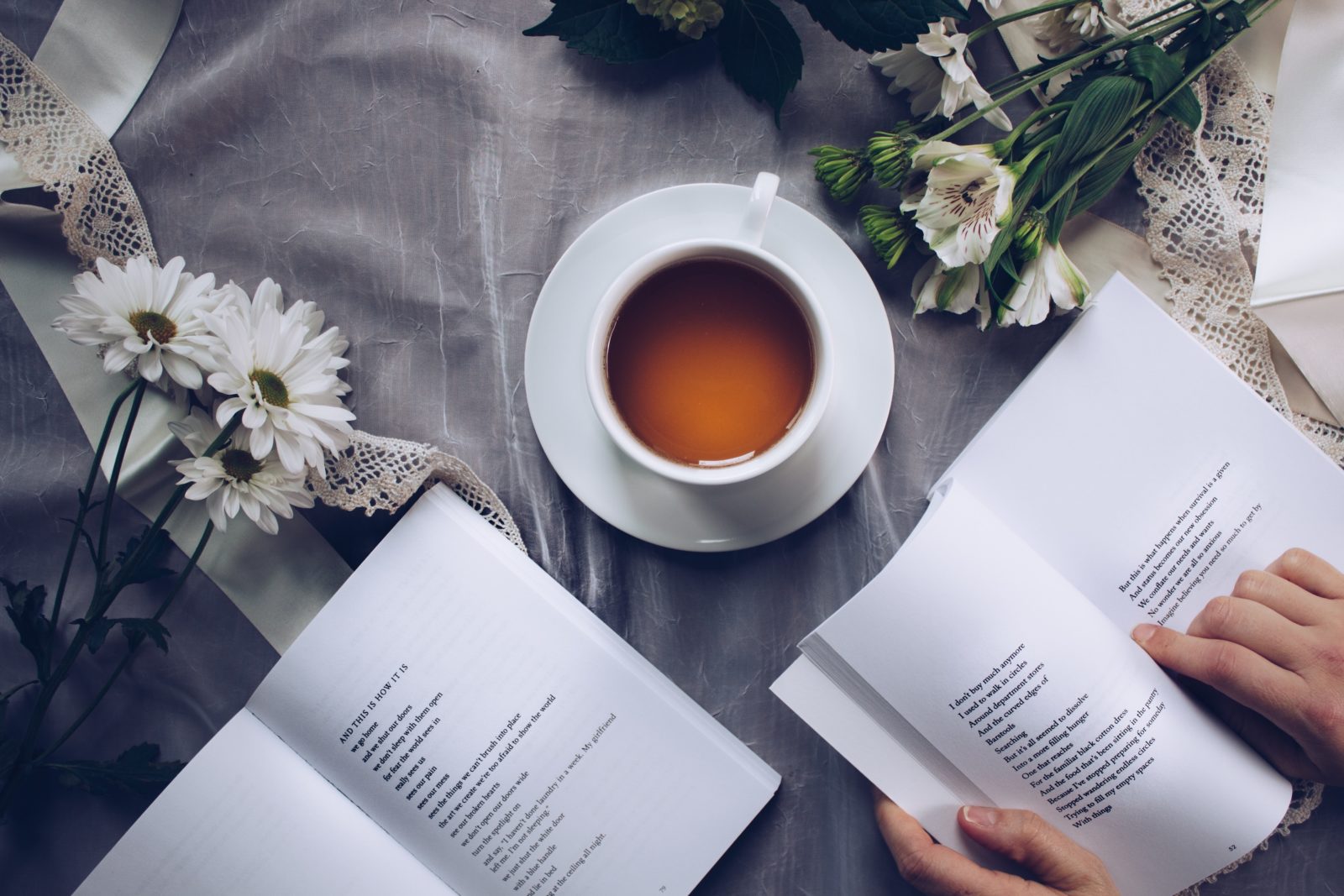New school year welcomes back the familiar, while also introducing fresh pursuits
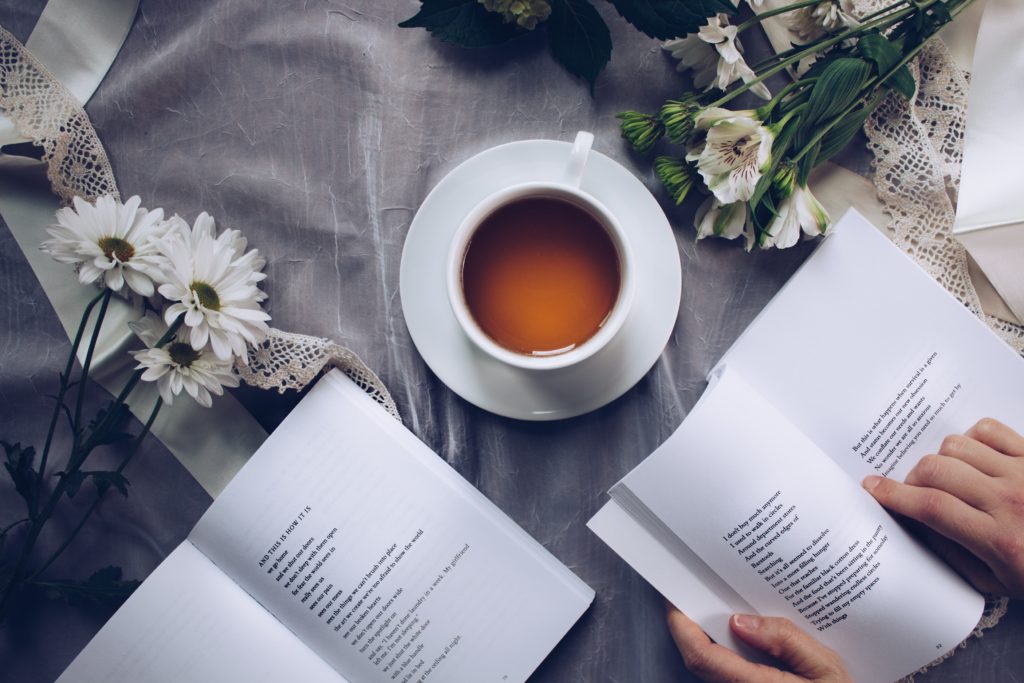
New books. New professors. New classmates, living arrangements and jobs.
Back to school revolves in part around returning to the familiar world of scholarship after a summer break. But it’s also about fresh discoveries and new adventures.
One of them should be tea. As we recently explored, tea and scholarship have deep roots in China for good reason — tea stimulates mental creativity and stamina.
But tea is an awfully broad category. Including herbal and flavored teas, the number is staggering.
It’s time to try new teas, to move beyond English Breakfast, Earl Grey and chai. And now is a perfect opportunity, too, to ditch the tea bags (which generally contain inferior tea) and begin to explore loose tea. With more than 200 teas in the shops and online, including dozens of traditional Chinese green teas, we’ve got you covered.
Just as you crack that imposing new zoology textbook for the first time, why not take your first sip of pu-erh, a fermented tea? Or maybe pour a cup of rock oolong, which is highly prized around the world. White tea compressed into a cake form? Absolutely.
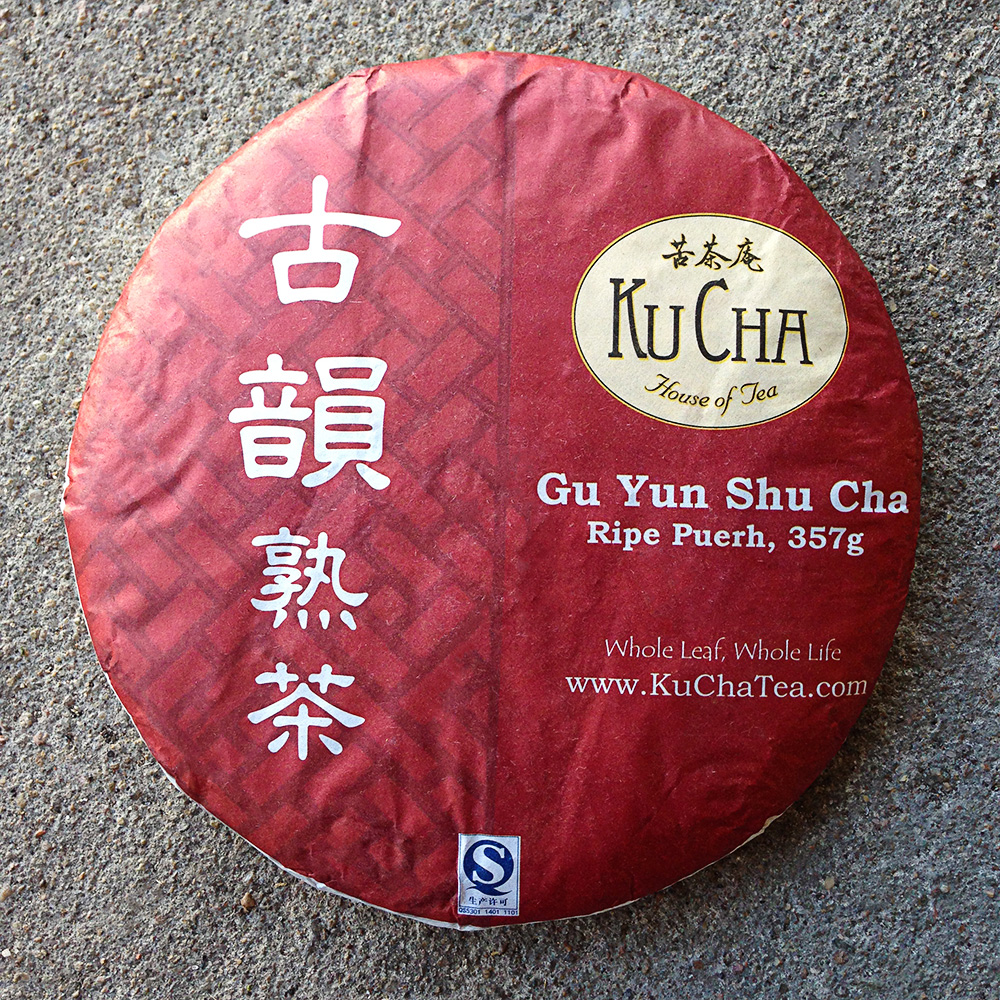
Pu-erh: Fermented tea with strong, unique flavor and sold in cakes
A coffee drinker who appreciates bold flavor? A fan of fermented products, like kombucha, kefir and yogurt? Pu-erh is for you.
Pu-erh comes from southwest China’s Yunnan Province, an ethnically diverse patch of the country abutting Burma and Laos.
The key difference between pu-erh and most other teas is the fermentation process. Tea growers inhibit oxidation of the tea leaves by tossing them in enormous, hot woks. But instead of keeping them in the woks for long enough to extinguish oxidation, they remove the leaves with just enough moisture and bacteria to permit fermentation.
The tea then dries in the sun. Most tea artisans sell the loose leaves to processors called maocha, who compress them into different shapes. The most common is a disc. Not all pu-erh, however, is pressed into cakes; it is sold in loose form as well. Fermentation continues, slowly, for years and even decades for what is called “raw” pu-erh.
It offers a unique flavor, one that as with good wine evolves over time. Tear off a piece of pu-erh from a cake today and brew it, and it might taste a bit smoky, pleasingly bitter. Ten years from now, however, it could taste equally delicious, but entirely different.
We offer a wide range of pu-erh, in different compressed forms and sizes. Pu-erh is sold in different styles. Young “raw” is youthful, by pu-erh standards: two years or less. It often has grassy, fresh flavors. Aged “raw” is complex, with woodsy, earthy aromas and flavors. There are no strict aging guidelines, but most aged “raw” pu-erh is aged for at least 10 years. Some cakes have been aging for decades, and are prized by tea connoisseurs worldwide. Finally, there is “ripe” pu-erh, which is produced using the “wet piling” method. Instead of taking years for flavors to develop, pu-erh made using this method requires about 90 days.
Wet piling involves placing mounds of tea leaves in well-ventilated production areas with high heat and humidity. The environment nurtures fermentation, and lends ripe pu-erh its signature rich, earthy and smooth flavors.
People around the world seek pu-erh for its beautiful flavor, as well as its health benefits, including lowering cholesterol, reducing blood lipids, detoxing, and aiding with weight loss.
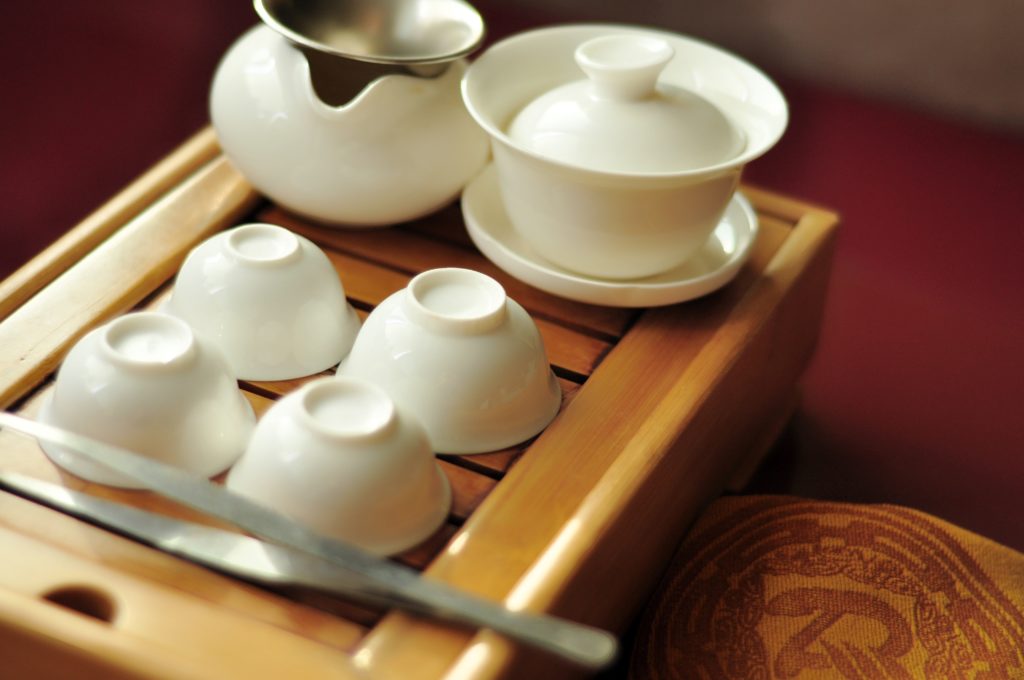
Rock Oolong: Unique mountain climate and terrain supports prized teas
Many well-known black and oolong teas come from the Wuyi Mountains in Southeast China’s Fujian province. The misty, temperate mountains are perfect for tea-growing, and highly regarded internationally. In fact, it’s possible tea growers in the mountains invented both black and oolong teas.
The terroir is so unique, so ideally suited for tea, that teas from the region are often called “rock” teas. The idea: the union between tea and mountain is so strong that the teas reflect their rocky soil.
Tea bushes in these mountains are not highly productive; yields are comparatively small. But that’s one of the factors that make rock teas so seductive. Instead of producing bounties of leaves, each of which offers relatively mild flavor, bushes in the Wuyi Mountains concentrate flavor in fewer leaves.
The results are astonishing. We are especially fond of the rock oolongs, some of which stand as the most expensive teas in the world.
Don’t worry, students. We aren’t asking you to break the bank.
While some rock oolongs can be as expensive per ounce as gold, most come nowhere close. Remember, the Wuyi Mountains are responsible for large quantities of tea. Most of it is affordable.
Our three varieties of rock oolong are gorgeous, with smoky, bold flavors. Like pu-erh, rock oolongs are excellent choices for people who adore coffee. At the same time, tea lovers tend to go crazy for rock oolong, regardless of their opinions about coffee. This is special tea.
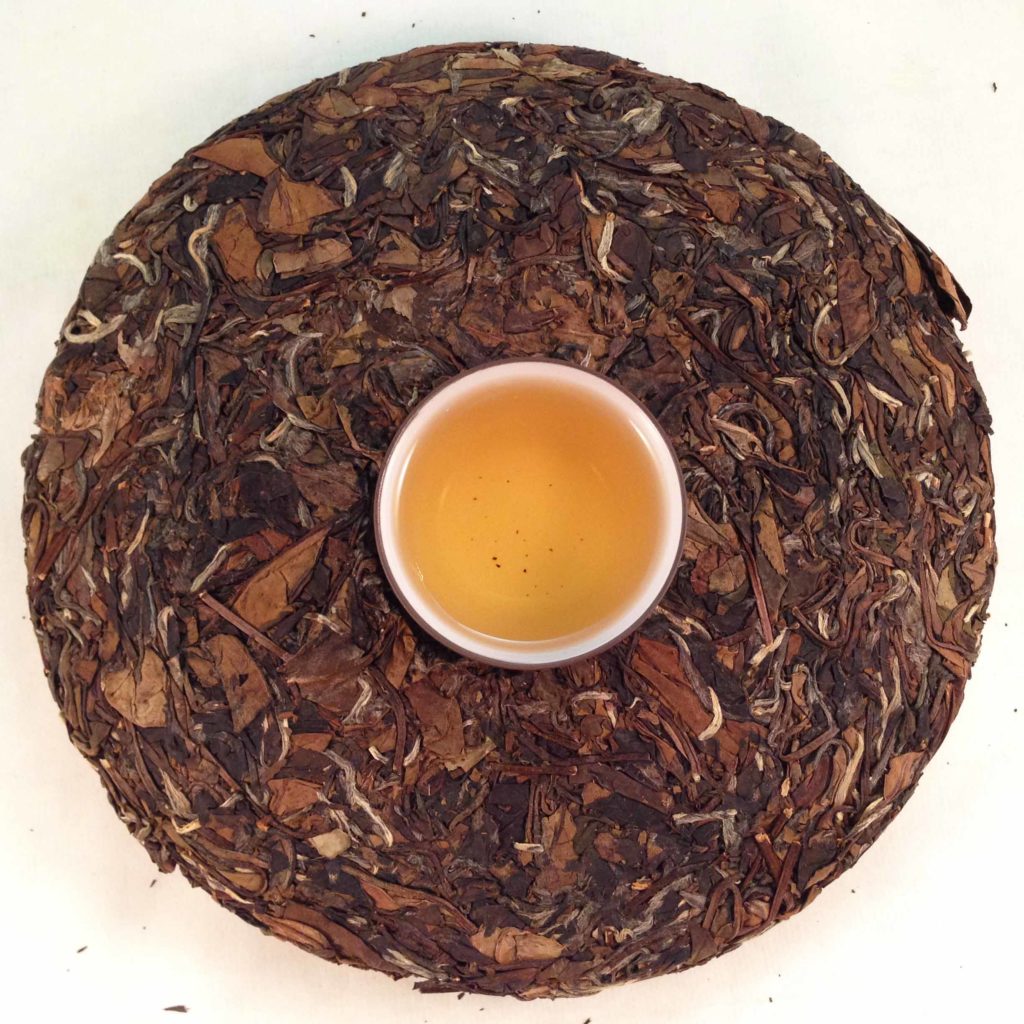
White Tea Cake: Aged, pressed into cakes, and perfect for upset stomachs
All of that late-night studying and anxiety about tests and papers can produce digestion problems. After all, we know that stress and tension often manifests in people’s stomachs.
That’s why you need to explore white tea cake (Shou Mei). The unique tea, grown like rock oolongs in the Fujian province (and close to the Wuyi Mountains), is widely used in China to calm turbulent stomachs.
Like pu-erh, too, white tea cake ages beautifully, growing increasingly sweet over time while also gaining enhanced medicinal properties.
White tea is one of the main styles of Chinese tea. Black and oolong teas undergo oxidation, and pu-erh is fermented. Tea artisans stop oxidation immediately in green tea. With white tea, growers harvest leaves before they fully open, and are still blanketed in white hairs. These young leaves and buds undergo gentle oxidation while withering in the sun or indoors.
Of all of the teas, whites are the least processed. The slight oxidation helps complex flavors develop, and permits long aging. Otherwise, the tea would taste stale.
To turn loose white tea into cakes, leaves are aged for as many as five years before being pressed into molds.
The Chinese have a saying about white tea: “First year, it’s tea. In the third year, it’s medicine. After seven years, it’s treasure!”
Treasure? We agree, and so will you.

